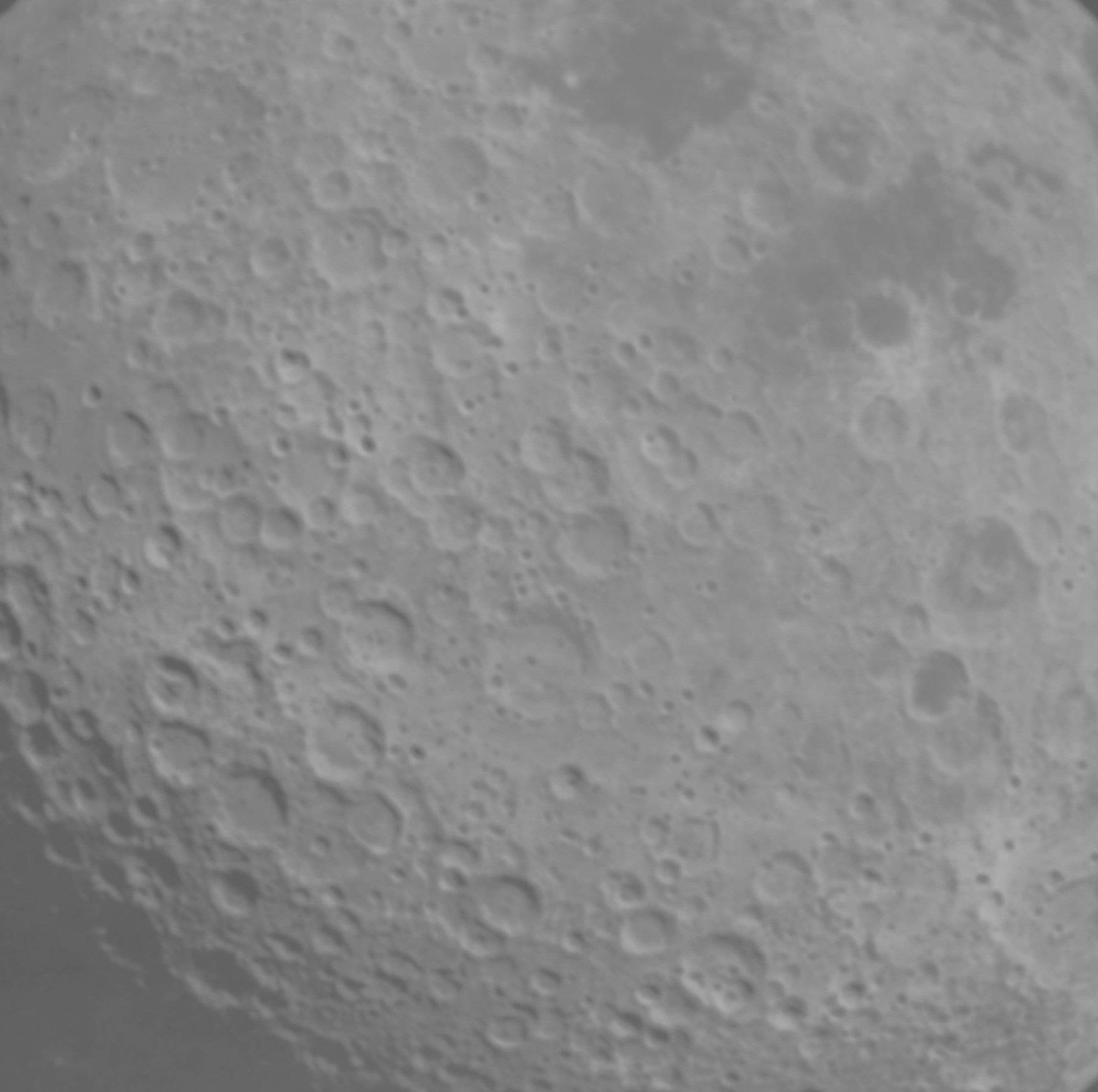
A legacy of leadership in Space Physics and Technology
The International Geophysical Year (IGY) in 1957 marked not only a major advance in international scientific collaboration and a new era of strength in the geophysical sciences but also the beginning of the space age. UCLA was involved in many ways. Joseph Kaplan was one of the organizers of the IGY and headed the U.S. Committee. UCLA’s entry into space exploration was led by Robert Holzer who, with Ed Smith of JPL, flew a series of search coil magnetometers on the OGO spacecraft, and Paul Coleman, who flew fluxgate magnetometers on ATS-1, ATS-5, OGO-5 and the Apollo 15 and 16 subsatellites around the moon.
Apollo 15 Subsatellite.
UCLA’s early prominence in space exploration attracted many bright young practitioners to UCLA including C. F. Kennel, F. V. Coroniti, and Maha Ashour-Abdalla in Physics, G. L. Siscoe and R. M. Thorne in Atmospheric Sciences, and R. L. McPherron and M. G. Kivelson, first in the Institute of Geophysics and later in Earth and Space Sciences (now EPSS). An outstanding crop of students arrived, some of whom eventually joined the faculty such as C. T. Russell, L. R. Lyons and R. J. Walker. Others joined the faculty at various universities and many became leaders in the field, both in the US and abroad. For example, ten were recipients of the prestigious AGU James B. Macelwane medal: Chris Russell, 1977; David Southwood, 1981; Mary Hudson, 1984; David McComas, 1993; David Sibeck, 1992; Vassilis Angelopoulos, 2001; Toshi Nishimura, 2016; Wen Li, 2017; Drew Turner, 2018; Anton Artemyev, 2019). Seven UCLA graduate students received AGU’s Fred L. Scarf award for their final year dissertation (Margaret Chen, 1991; Vassilis Angelopoulos, 1993; Emil Lawrence Kepko, 2002; Lan Jian, 2009; Shasha Zou, 2010; Lunjin Chen, 2012; and Terry Zixu Liu, 2019). Many of UCLA’s young scientists in space physics have gone on to faculty positions, most recently Anna Tenerani (UT Austin), Lunjin Chen (UT Dallas), Xin Tao and San Lu (USTC), Heli Hietala (Imperial College London), Xuzhi Zhou (Peking University), Binbin Ni (Wuhan University), Wen Li (Boston University), Shasha Zou and Xianzhe Jia (U. Michigan). One even used his space science training as a springboard for flying in space (John Phillips), while another is planetary geologist slated to be the first woman astronaut to walk on the moon (Jessica Watkins).
Jessica Watkins, EPSS Geology Ph.D. and member of the Artemis lunar astronaut team.
Space scientists at UCLA have continued to play a major role in the scientific programs and progress in space science throughout the space age. Beginning with the ATS 1 and 5 programs and the OGO 1 through 6 missions, UCLA scientists probed the structure of the magnetosphere, magnetosheath and bow shock, explored the polar cusp and the structure and dynamics of the tail and became leaders in the analysis and interpretation of the diverse wave excitations of magnetized plasmas, many of which can be studied only in space. Research at UCLA during the early period provided leadership and pivotal studies in magnetospheric and thermospheric/ionosphere dynamics and in radiation belt physics both through analysis and theory. Building on that strong background UCLA received one of NASA’s first Solar Terrestrial Theory Program grants and has continued to lead in follow-up programs. Through creative analysis of data from various missions UCLA space scientists have elucidated the physics of the bow shock, the origin of upstream waves and, most importantly, the role of reconnection in controlling the energization of the magnetosphere. They have developed tools to understand the relationships between processes in the solar wind and within the Earth’s magnetosphere; they have contributed to understanding the links between magnetic storms and sub-storms and the role of the geomagnetic tail in the storage of energy.
UCLA led in the study of the solar wind interaction with unmagnetized planets through its participation in the Pioneer Venus Orbiter mission. It played a similar role in understanding the physics of the Jovian magnetosphere, with studies of the Pioneer and Voyager data, and later with the measurements from the Galileo mission, for which UCLA provided the magnetometer. At the present UCLA continues to contribute to the studies of planetary magnetospheres through its involvement in the Cassini mission at Saturn, JUNO mission to Jupiter, Venus Express to Venus and most recently InSight to Mars, among others. Also, it has contributed to studies of the terrestrial magnetosphere through involvement in the Polar and FAST missions in high- and low-Earth orbits, the four-spacecraft Cluster mission, NASA’s ST-5 mission, the THEMIS and ARTEMIS mission to study tail dynamics and the lunar environment, the Magnetospheric Multiscale Mission (MMS) to study the microscopic processes involved in reconnection, and asteroid focused missions such as DAWN, and the upcoming Psyche missions. Most recently UCLA has launched its first almost entirely student-led CubeSat mission called ELFIN, now returning data from low Earth orbit. ELFIN controls spacecraft directly from the UCLA campus, with their own antenna ground station and student-designed/operated custom communications software to control the satellites.
UCLA also has made substantial contributions to heliospheric physics with solar wind studies at 0.72 AU on the Pioneer Venus mission, at 1 AU on ISEE-3, IMP-8, WIND, ACE and STEREO, and on the newly launched Parker Solar Probe. Roger Ulrich and his students were pioneers in helioseismology, solar magnetism and the physics of the photosphere. UCLA was a founding partner in NSF’s GEM program and has nurtured it from its earliest days, the first GEM Chair being a professor in UCLA’s AOS department (Prof. G. L. Siscoe) and the current chair being at the same department now (Prof. J. Bortnik). UCLA also maintains a strong presence at NSF’s SHINE and CEDAR meetings.
Finally, it is important to note that UCLA’s leadership in space science extends beyond the faculty. We have an excellent and substantial cadre of postdocs and research scientists who play a major role in maintaining UCLA’s national and international reputation. This in turn allows UCLA to attract stellar potential graduate students.







